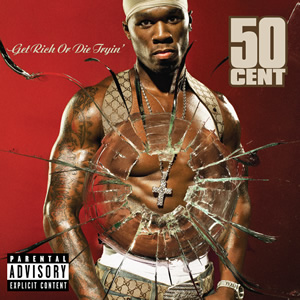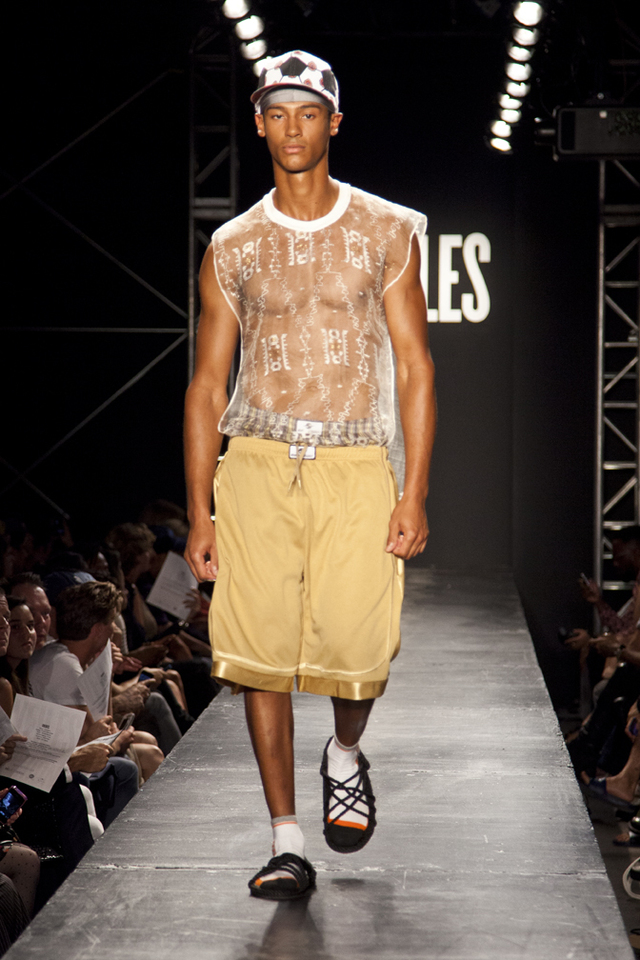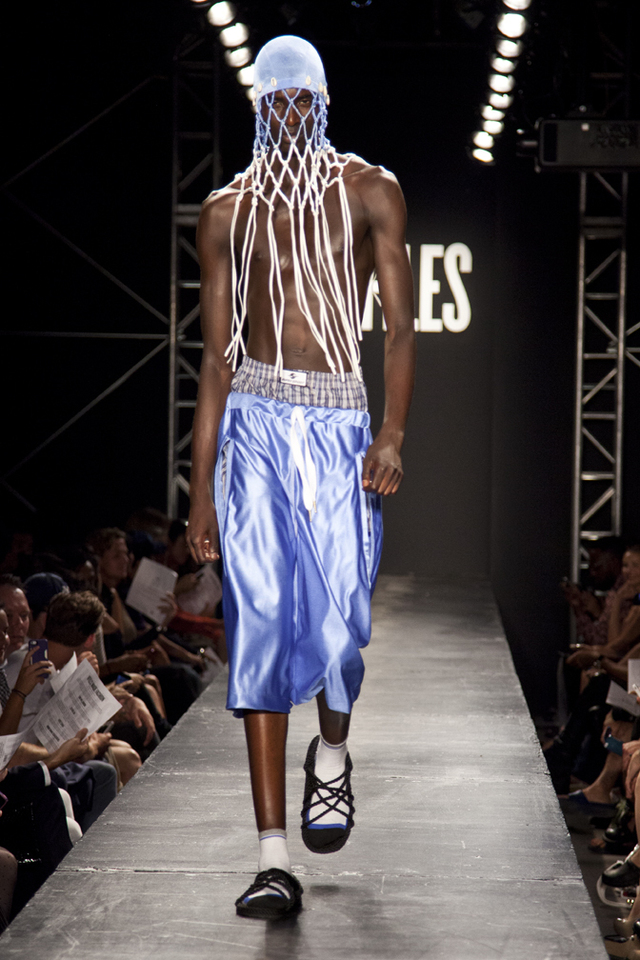Durags In Fashion
- Kimmy Vortex
- May 1, 2020
- 5 min read
Overtime we’ve seen the evolution of household fashion brands turn from formal attire and evening wear to street style or streetwear. From Balenciaga to Yves Saint Laurent to Christian Dior, the identities tied with these brands have transitioned in a way that has been proportionate with trends of our societies. And they have been fitting in such a way that has amassed profit and recognition for their brands. As famous as the brands are, their designs have thus been seen routinely on front covers and editorials.
As streetwear continues to intertwine with high fashion, the production of edgy and urban magazines have also grown. Its audience and aesthetic have helped the relevance of magazines such as Dazed, I-D, Hypebeast, Vice and Grind Magazine. Their heights have reached the equivalence of well known magazines, such as Vogue, Harper's Bazaar, Elle and L’Officiel. The same celebrities and models who would traditionally be dressed in glamor for these front covers are now dressed in what is trendy to them, fashion, society or their culture and these days, it happens to be durags.
The durags, also known as deweys, are evolved forms of headwraps originating from Africa. By the 20th century they became a profitable market for the black and brown communities. Traditionally “silky”, its functions include frizz-control, hair protection and pattern control (ie. waves). They became essential to the male grooming routine. For women they serve the same functions, eventually becoming a unisex style and staple for black culture. Durags are something that I have seen and used since I was a very young girl, and especially important to myself and the identity I see in the men in my life. Its influence has transcended past our communities and cultures to mainstream media in a way that is both flattering and contentious.
Durags have been synonymous with black culture in a stylish and discriminative way. There have been too many unfortunate consequences resulting from the stereotypes of black men in these hair accessories, as well as generalizations of what durags signify. To see its prominence in streetwear and now waves of high fashion can ignite both conversations of culture appropriation and culture appreciation. While both sides communicate heartfelt explanations and understanding, my observation of durags is solely objective and celebratory of black culture influenced by black figures in mainstream and high fashion.
Durags in mainstream culture have always been seen on men of wealthy influence. Whether they're rappers, athletes, or actors the idea of who wears it and what that means went hand in hand. As long as those of relevance continued to succeed, all while doting this garment, its popularity would continue to thrive and its stereotype would progressively diminish. From 50 cent’s Get Rich or Die Tryin cover, to Eminem's Grammy acceptance to Allen Iverson's press conferences, the media has proper highlights of people in power comfortable and accepting of this headwear. One could see how wearing durags were not a costume but a necessity to how one was able to define themselves and their blackness (eminem was an honorary mention lol). And its high profile meant media attention in a way that accepted this accessory as it is.
What designer durags provide is a level of luxury to an already exclusive membership. There are many well known brands that have contributed to the blueprint of designer durags such as BAPE, MCM, and Goyard. These brands' capitalization of durags have been prominent in mens streetwear. And its popularity has influenced larger high fashion brands to produce their own versions of the head accessory. Durags have reached runways with VFILES Spring/Summer 2014 and Rick Owens Spring/Summer 2014 styling models with versions of the popular headwear. Givenchy also used wave caps as a fashion statement for their Spring/Summer 2015 collection. For the most part the headwear served as an add-on to the designs themselves. Not fully really its creative potential, which is understandable for brands that aren't fully immersed in the culture. The Tom Ford Spring 2019 collection also featured versions of durags sent on women models down the runway. This stirred some controversy as many critics were unsure of what he was trying to achieve with his headwears on the model, considering it traditionally did not function as a durag and the back of the designs were altered in a way to actually show off the hair. And finally, one of the best versions of the durag in creativity and variety was the Fenty x Puma collaborations. Each show featured durags following themes of the collection. There were durags in a variety of colors, silks and lace. Plus they were designed by the one and only, Rihanna. Need I say more.
Outside of the runway, durags have been seen at just about every red carpet, and more recently at THE red carpet, The Met Gala. Donning the words “My God Wears A Durag” at the hem of her body length durag was Solange. ASAP Ferg (the better ASAP) had just himself in durag on the front cover of his album Still Striving, featuring on GQ as well. He shot editorials with the durag and gave insight into how to wear it and why it's important to him. Travis Scott also wore a durag on the front cover of Paper Magazine for the October 2016 issue.The combination of both edgy and traditional magazines dsiplaying durags shows the popularity in the head accessory. Most recently, one of THE biggest fashion magazine brand gave the biggest honor bestowed upon our #1 durag girl, Rihanna.
Igniting my thoughts on durags in high fashion was Rihanna’s recent British Vogue issue. The first Vogue issue to showcase a durag on the front cover. A major win for the black community by an influential black woman. With durags being a staple of black culture, this reveal was an announcement of our place and significance in fashion. The thought of seeing something considered “ghetto” or “hood” on a brand like Vogue is unreal. There's pride in seeing how transformative a culture can drive creativity and styles. And there's pride in knowing, understanding and acknowledging how that culture created something uniquely for them with purpose and technique. The variety of durags allows for a seamless integration into everyday fashions and an addition of accessories for males in a limited region of the body. If not hats, then durags can provide drip that just makes the outfit work.
Durags continue to be a profitable market, as its spotlight grows. We can see how important a dewey can be to your outfit. But its fashionable aspect gives the entire look its richness. Its impact in both black culture and fashion was important for me to document because style in black men's culture outside of tops and bottoms are limited. Their way of accesoring and expressing themselves is similar to many cultures, but durags are symbolic. It's unexplainable and it has an identity that belongs to people. And people can identify themselves and their culture with it.
With that being said, WAVE CHECK
_edited.jpg)

























Comments